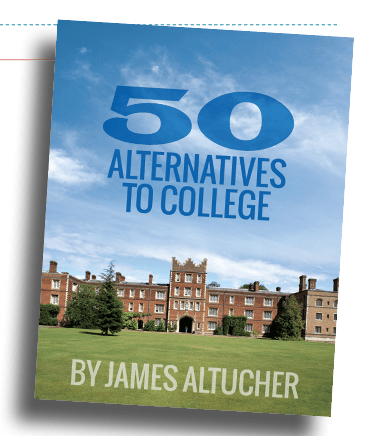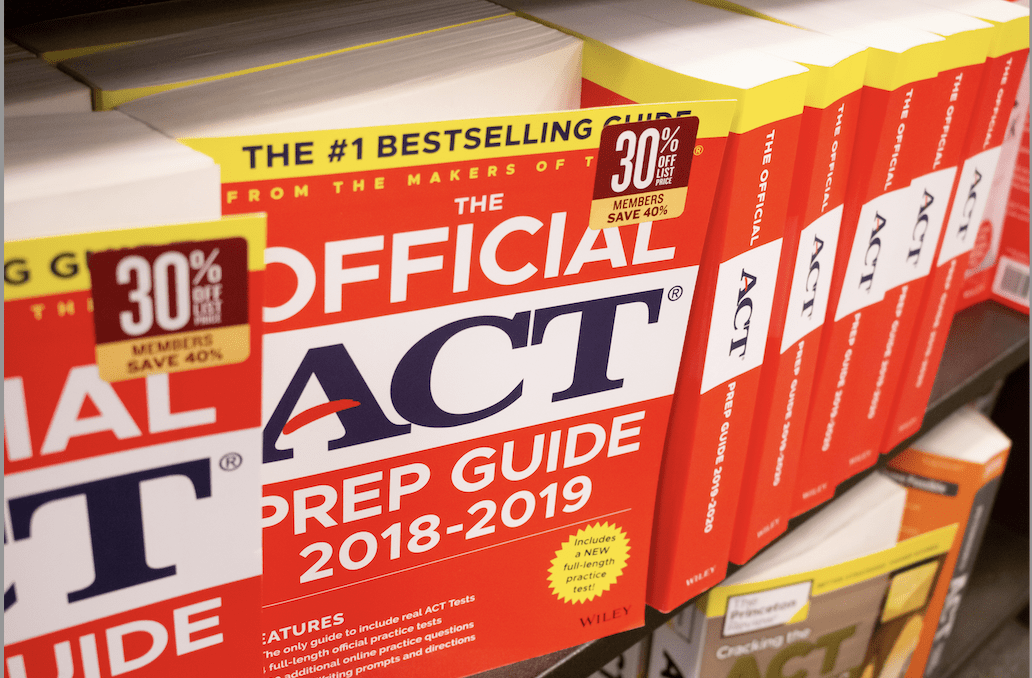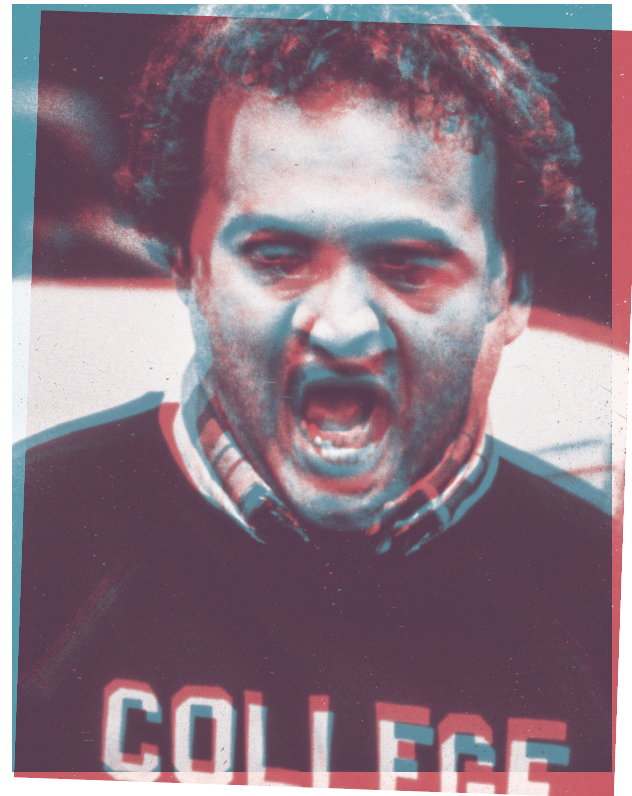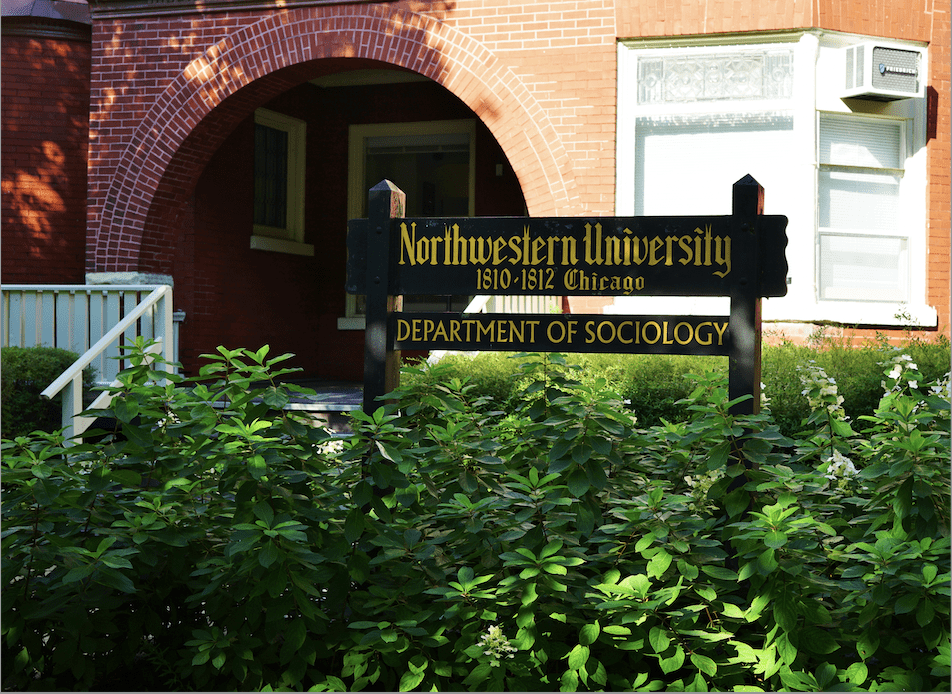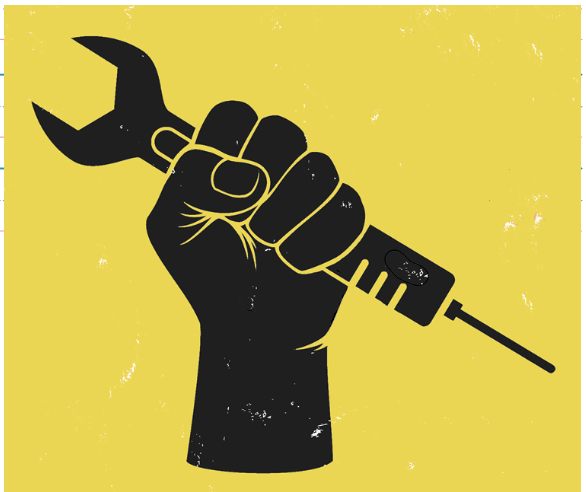Digging Deeper into Debt
Americans of nearly every socioeconomic background are burdened with student loans
An 80-year-old woman reached out to The Institute of Student Loan Advisors after she discovered her Social Security was being garnished for a $60,000 Parent Plus loan she had taken out 30 years prior for her child who had promised to pay it back but never did.
Betsy Mayotte, founder of The Institute of Student Loan Advisors, or TISLA, and a 25-year veteran of the student loan industry, suggested she apply for total and permanent disability because she was too frail to work. The loan was eventually discharged.
“The fastest growing population of people struggling with student debt are over the age of 65,” said Mayotte. “A lot of policymakers are trying to solve the student debt problem, and they’re still thinking of a 20-year-old.”
A 15-year or even 20-year repayment doesn’t sound bad because people don’t start focusing on retirement savings until they’re 40, she continued. But if half of all student loan borrowers are over the age of 30, and a quarter over age 45, the loans create a barrier to retirement savings and retirement itself.
Outstanding federal student loan debt stood at $1.7 trillion in the first quarter of 2022, a $14 billion increase from the fourth quarter of 2021, according to the most recent quarterly report on Household Debt and Credit from the Federal Reserve Bank of New York.
Student loan debt is second only to mortgage debt in the United States. The private student loan market has grown more than 70% over the last 10 years to $130 billion. Those loans often have higher interest rates and don’t offer the same protections as Parent Plus and federal loans.
President Joe Biden’s administration froze student loan repayment during the pandemic and extended that moratorium through Aug. 31—a measure that has benefitted the most vulnerable federal student loan borrowers.
The Public Service Loan Forgiveness Program (PSLF) is also providing a temporary waiver for those in public service jobs, such as teachers, public defenders, social workers and others in the public sector to apply for loan forgiveness before Oct. 31. Biden was expected to announce his decision on this limited waiver, the student loan payment, interest and collections pause sometime in July, but had not done so at press time.
“What frustrates me from a policy perspective, is that student loans are not the problem—student loans are the symptom of the problem,” Mayotte said. “The problem is the cost of higher education.”
Middle-income and high-middle-income families struggle the most with student loan debt because they don’t qualify for federal Pell Grants intended to support low-income students, Mayotte said.
The average student loan debt is $39,351, with an average monthly payment of $393, according to educationdata.org. An estimated 43.2 million borrowers have student loan debt, and among them, 2.6 million owe more than $100,000.
Mayotte and other experts recommend Parent Plus loans over private student loans that don’t offer the federal protections. She believes debt-to-income (DTI) should be a component of the Parent Plus loan application and based on both the student and the parents’ income. Because very few undergraduate students can get a private loan without a cosigner, she believes students should be an equally liable cosigner.
Mayotte said she founded TISLA because she firmly believes all consumers should have access to free expert and neutral student loan advice and, if needed, dispute resolution. She helped over 16,000 individual borrowers last year and reports her volume has increased 60% year over year.
Ben Kaufman, director of research and investigations at the nonprofit Student Borrower Protection Center in Washington, D.C., advocates for policy for student loan borrowers, conducts investigative work, and pushes for greater protections and oversight of the student loan markets at all levels of government.
He said the Student Borrower Protection Center regularly publishes investigative reports on harmful conduct by participants in the student loan industry, ranging from federal contractors who are paid to manage people’s student loans to new entrants, often in the private student loan business.
“It has always been true,” Kaufman said, “that there is a whole shady world out there of lenders and creditors who will offer financing at even riskier and more lightly regulated for-profit institutions of higher education.”
Parent Plus loans are typically more affordable, have more generous terms and come with all of the protections of federal student loans, unlike private loans and income share agreements, Kaufman said. (See The Income Share Alternative).
Income-contingent repayments applicable to Parent Plus loans provide a safety net for borrowers who are low-income or lose a job. Interest rates are typically lower, he said, adding Parent Plus loans are fixed at 7.54% while private student loan borrowers are typically taking on loans with interest rates in excess of 10%. Credit checks, he said, are also more lenient for Parent Plus loans.
“The rate of growth of federal student loans is slowing, but the rate of growth of private student loans is accelerating,” Kaufman said, “which means that the student loan portfolio across all fields is becoming riskier.”
Research shows that students will not exhaust their federal student loan availability before turning to private loans.
Kaufman and others project $140 billion in private student loans. That’s not a number that’s published by any government agency but one based on overall student debt and federal student debt. However, Kaufman did reference MeasureOne, a consumer data platform that calculates private student loan debt.
If consumers must take out a loan, Kaufman advises they keep records of all their payments and communications with the companies. He warned consumers to be wary of the information provided by lenders.
“We regularly see companies that own the loans losing people’s records, mistaking people’s records, misreporting their credit or their payment,” Kaufman said. “Unfortunately, borrowers just have to be on top of that.”
Many of the leading private loan providers, Kaufman said, have been caught overcharging borrowers and facing settlements with the Consumer Financial Protection Bureau related to issues with their servicing.
He characterized student loan borrowers as people in every age group and in every corner of the country and of every race. Older borrowers often have to cosign for loans for their kids and their grandkids, and they’re defaulting and struggling, he said.
“We are increasingly going to see people dying with student loans,” Kaufman said. “We see it already, but it is going to become much more prevalent.”
If someone dies before paying off a federal student loan, it’s considered non-recourse debt. However, if a private loan cosigner dies, the lender will often accelerate the balance of the loan, meaning the entire balance may be owed immediately by the other cosigner.
When it comes to student loan debt forgiveness, Kaufman believes it’s the right place to start correcting the situation.
“It is clear to us that choosing to have a debt-based higher ed system has generated all but immeasurable carnage on people’s financial lives with reverberations across the families, the communities, the entire country,” Kaufman said. “With inflation rising and people’s pocketbooks feeling the weight of a slowing economy, we can think of no better intervention than to offer people relief on this debt.”
The Income Share Alternative
Purdue University President Mitch Daniels has been a pioneer in introducing income share agreements (ISA) as an alternative for funding a college education.
“Investors, the university and foundations front the money, and the student signs a contract to pay a certain percentage on a basis of income after graduation,” Daniels told Luckbox. “If they don’t get a job, they owe nothing.”
The risk shifts away from the student and provides equity as an alternative to debt, he said. It fixes the student’s obligation and ties it to income. He recommends an ISA instead of a subsidized federal loan or a private student loan.
But others remain skeptical of ISAs.
“It sounds elegant on paper but proves to be more complicated and expensive than anybody, and especially Mitch Daniels, wants to admit,” said Ben Kaufman, director of research and investigations at the nonprofit Student Borrower Protection Center.
Some students who signed ISA agreements reportedly felt tricked into using a product they didn’t understand, he noted. His organization has written to the Federal Trade Commission and the U.S. Department of Education to express concerns about the legality of the structure and execution of the program. However, Purdue officials said the university has not been contacted by any federal agency about these assertions.
“Most borrowers thought that Back a Boiler-ISA Fund was like a philanthropic venture,” Kaufman said. “It is a private student loan program that generates a return on capital for investors, including hedge funds and wealthy individuals and institutional investors.”
The Purdue Research Foundation administers the ISA with the “school as lender” exception under the U.S. Department of Education’s preferred lender rules, according to Trevor Peters, Purdue senior communication specialist.
“It is the funding provider not the student who bears the downside risk of an unfavorable job market, a not-so-lucrative career path, or a life event that takes one out of the labor force,” Peters said.
Truth or Skepticism
College Costs: Is Higher Education Worth It?
Tom Sosnoff
• “Canceling student debt—at least even a portion of it—is not a long-term solution. But it is a short-term solution until we work on something to at least get people fired up enough to get the system fixed.”
• “If college costs were done right, there would be different costs for different degrees.”
Dylan Ratigan
• “How can you talk about canceling student debt without talking about regulating or capping tuition? Because what’s really happening is the schools are basically taking American tax money to enrich themselves for million-dollar administrative jobs and infinite tenure, spiraling the price of tuition up because they have a price insensitive client because they’re borrowing this money and they’re told they’ve got to go to college.”
–Excerpted from the Truth or Skepticism podcast, where Tom Sosnoff and Dylan Ratigan dive into topics ranging from business and finance to technology, politics and global news.
